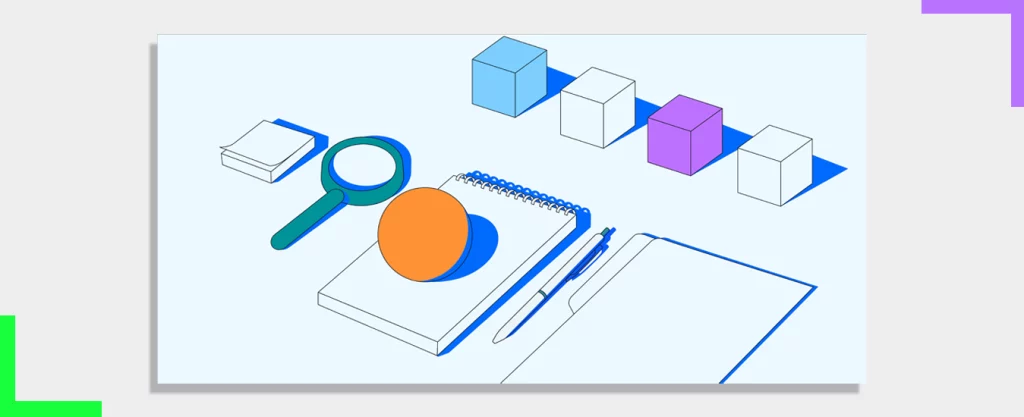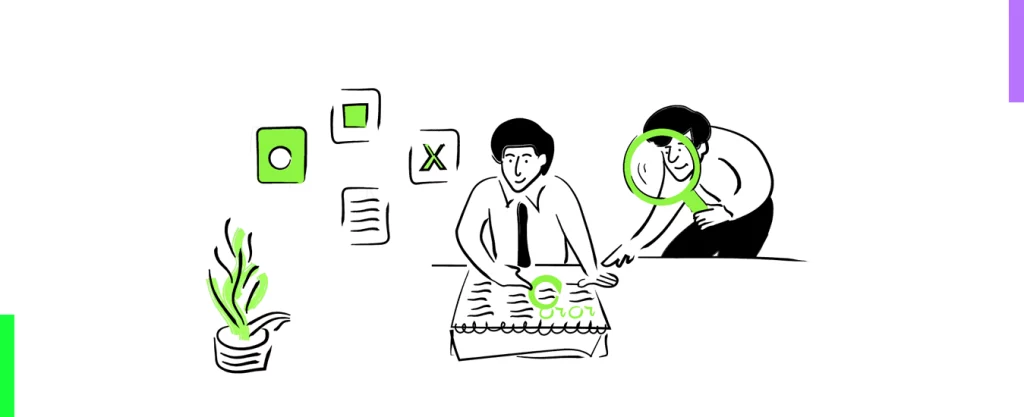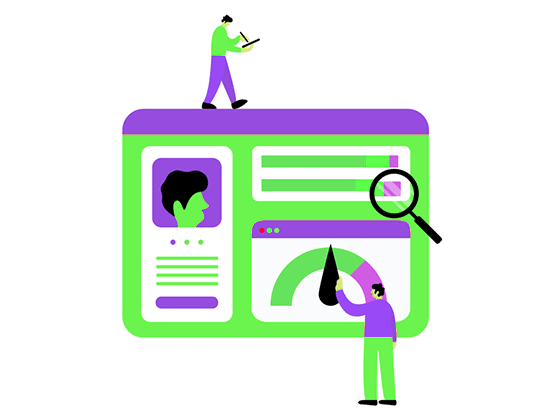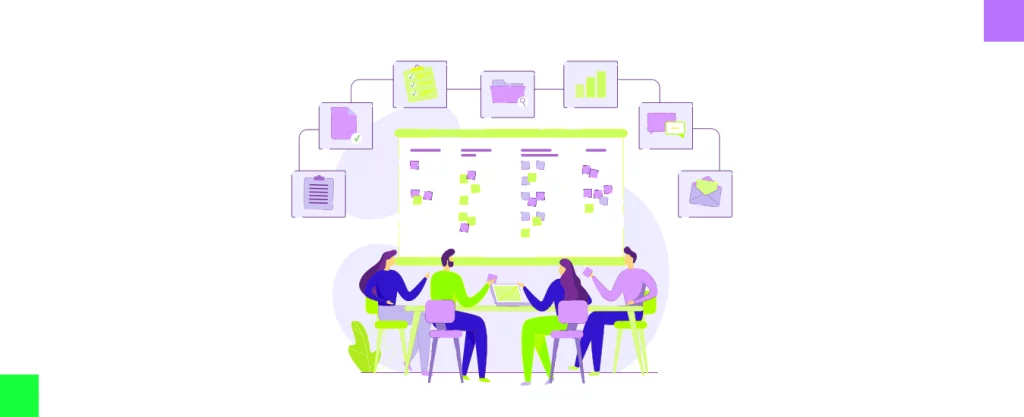When you say UX- the user experience is how a user feels while interacting with the product, system, or service. It includes a person’s perspective of utility, interest, and ease of use. When designing products, most companies, designers, and creators prioritize improving the user experience because a poor user experience can reduce the product’s usefulness and, consequently, any intended positive effects. Therefore, user experience (UX) is crucial to the design of any product as well as its user base. This should be kept up regularly as it has a beneficial effect on the product’s use.

What is UX Research?

UX- User Experience research is the study of learning what end users of a system or product need and want, then employing those insights to enhance the design process for products, services, or software. UX: The user experience research process is all about probing deeply into the practical feelings that customers have when interacting with the product or brand. It also has to do with how well the product functions and how simple it is for the user to accomplish tasks and reach objectives when using it.
As the name says, UX- User Experience is subjective. UX research process helps reduce the uncertainty of the product when users use it for their wants and needs. That benefits not only the user but also the product on offer and the business. UX research is dependent on the process involved and the objectives that have been set in the first place. Now we know about the importance of research.
Why UX Research?

User research is critical to the development and long-term success of any product. Once your goals and framework have been established, it makes sense to choose the research methods that will best advance your project’s objectives and yield the most insightful data for your final product. It also reveals fresh avenues for creativity. Research processes can be made more efficient by using UX research tools and software.
In this article, we’ll guide you through the popular research techniques and which one to adopt. You’ll sort out different methods and help to understand at what point a particular method will be the right choice.
Let’s dive right in!
What are UX Research Types?

The UX research methods are divided into four main categories, like
- Qualitative
- Quantitative
- Behavioural
- Attitudinal
We suggest mapping user research methods for a better understanding

Here’s a quick overview of the methods:
Qualitative research: In qualitative research, answer questions like “why” and “how.”. This is primarily exploratory research and is used to quantify the problem by way of generating numerical data or data that can be transformed into usable statistics.
Quantitative research: quantitative research type, “how much” and “how many”. This is a direct assessment of behavior based on observation. It’s about understanding people’s beliefs and practices on their terms.
Attitudinal research: In attitudinal research studies, you want to learn “what people say.”. This is about understanding users’ attitudes, perceptions, and beliefs.
Behavioral research: In behavioral research studies, you want to learn “what people do”. This is about what users do rather than what they say they do or would do.
11 Best UX Research Methods and When to use them

We’ll discuss some of the most common methods across the different categories and when to use them. At the stage of discovery, while learning about the problem and product, we can use the following research methods. Here are some examples of the types of user research performed at each phase of a project.
Read on for an at-a-glance table and full breakdown of each method.
| Research Technique | Description | When to Use | Best for Gathering |
|---|---|---|---|
| User Interviews | One-on-one open-ended and guided discussions | Start and end of your project | Qualitative Generative |
| Field Studies | Observe people in their natural environment | All stages | Qualitative Behavioral |
| Focus Group | Group discussions facilitated by a moderator | Start and end of your project | Qualitative Generative |
| Diary Studies | Users keep a diary to track interactions and experiences with a product | The start of your project | Qualitative Evaluative |
| Surveys | Asking people open or closed questions | All stages | Qualitative Quantitative Attitudinal Generative Evaluative |
| Card Sorting | Users sort information and ideas into groups that make sense to them | The start of your project | Qualitative Generative Attitudinal |
| Tree Testing | Assess the findability and organization of information as users navigate a stripped-down IA | Start of your design or redesign process | Quantitative Behavioral Evaluation |
| Usability Testing | Users perform a set of tasks in a controlled setting | All stages | Qualitative Behavioral Evaluative |
| Five-Second Testing | Collect immediate impressions within a short timeframe | During initial ideation and throughout the design | Attitudinal Evaluative |
| A/B Testing | Compare two versions of a solution | All stages | Quantitative Evaluative |
| Concept Testing | Evaluate the feasibility, appeal, and potential success of a new product | During initial ideation, design, and before launch | Qualitative Generative |
1. User interviews:
One-on-one discussions with users show how a particular user works. They enable you to get detailed information about a user’s attitudes, desires, and experiences.
Tip:
It’s easy to be misunderstood if you don’t have experience writing interview questions. You can get someone to review them for you or use this question bank of 350+ research questions.
2. Field Studies:
Use this method if the context of your product’s use needs to be factored into your design process. It involves studying research participants interacting with a product in their natural environment like a lab or office.
3. Focus group:
In focus group, a carefully selected group of participants discuss a particular set of topics. A skilled moderator moves the conversations forward by asking scripted questions.
Note: Due to their limitations, focus groups work best in conjunction with other research methods.
4. Diary Studies:
In diary studies, participants are asked to record how they use a product and to write in a journal about their thoughts about it. It also entails outlining the product’s functions and the features that stood out to them.
5. Surveys:
Using this technique, you ask participants open-ended questions to gauge their attitudes. A series of questions asked to multiple users of your website that help you learn about the people who visit your site.
6. Card Sorting:
Using a technique called card sorting, a UX designer can gain insight into the minds of their users. Users can organize card information into a logical structure that will usually guide navigation and the site’s information architecture by labeling words or topics on the cards. This helps ensure that the site structure matches the way users think.
7. Tree Testing:
In a tree testing scenario, users are given access to a text-only version of a website and given a set of tasks to locate items on the website or application.
Tree test data is a useful tool for evaluating a product’s findability, labeling, and information architecture. It also reveals where users navigate most naturally.
Card sorting and tree testing are often used together. First, a card sort is completed to define the navigation in theory, and then a tree test validates (or not) the card sort through practical experience.
8. Usability Testing:
Identifies user frustrations and problems with a site through one-on-one sessions where a “real-life” user performs tasks on the site being studied. If you only have the bandwidth to conduct one type of research, choose usability testing. It’s the most effective way to tell if your product is usable.
Note: Be mindful of using leading words such as ‘click here’ or ‘go to that page’ in your tasks. These instructions bias the results by helping users complete their tasks, something that doesn’t happen in real life.
9. Five Seconds Testing:
Participants in the five-second test see an image, such as a design, for five seconds before answering questions about it to get a sense of how they felt about it at first.
Why are there five seconds? According to data, 55% of visitors spend less than 15 seconds on a website, so it’s essential to grab someone’s attention in the first few seconds of their visit. With a five-second test, you can quickly determine what information users perceive and their impressions during the first five seconds of viewing a design.
10. A/B Testing:
This method is useful if you have two versions of the same design and want to compare how well they engage users. Two groups of participants are formed, and to gauge impact, each group is given a distinct version of the same design.
11. Concept Testing:
A sort of research called concept testing assesses a new product’s viability, marketability, and potential before it is ever built. The user is central to the process of ideation. A concept test cannot be conducted alone. Concept testing surveys, focus groups, interviews, and other methods that gather qualitative information about your idea are all options.
Rounding Up:
And there you have it! I hope this article gives you a better understanding of the user research types and the most appropriate research methods. Now you have no reason not to implement user research into your UX design process.
FAQ’s about How to Choose the Ideal UX Research Techniques
Is UX research important?
A great UX researcher should be passionate about the need for UX research because it is an essential step in the human-centered UX design process.
How do you approach UX research?
You can determine the type of UX researcher you might be hiring by looking at the response. Think about focusing on two primary forms of user research, such as qualitative and quantitative.
What tools do you use for conducting UX research?
As the UX research varies, the usage of tools also varies for the research techniques.
For instance, they could use video conferencing apps like Skype, BlueJeans, or Zoom for user interviews—one-on-one meetings that can be conducted in several ways—and record the interview for later analysis. They might make use of a tiny audio recording device when they conduct guerrilla-style interviews, in which a UX researcher conducts spontaneous interviews with a selection of users (for example, at a coffee shop).




